Co-authored by Wendy Lazarus, Founder and Co-President, The Children’s Partnership and Jenny Kattlove, Senior Director of Programs, The Children’s Partnership
As summer comes to a close, parents across America are taking their kids for physicals and immunizations before the start of school. Now, nearly all American children can get this preventive care at no cost thanks to the Affordable Care Act. While there is still much to do to ensure every family is enrolled, the widespread availability of health coverage means we can now turn our attention to achieving the real payoff of health insurance: making sure children have the health care and habits they need to stay healthy and do well in school.
Schools are especially effective places to educate children and families about achieving good health and help them attain it–we should seize this moment to strengthen that critical connection between schools and health. Using both innovative and proven strategies, schools can help inform families about health care options, they can provide education about healthy habits that will have a lifelong impact, and they can actually provide medical, dental, and behavioral services at school–the place where children spend a significant portion of their time.
The connection between good health and education has long been clear for educators and making children’s health a part of education isn’t new. A throbbing toothache, poor eyesight, or lack of hearing can make it impossible for a child to learn. That’s why tried and true programs, like school-based health centers, have been bringing health care to schools for over 40 years.
These school-based health centers have demonstrated how to increase access to care for kids, leading to improved health and educational outcomes. The Journal of Adolescent Health found significant increases in attendance and GPA gains for school-based health center users compared to their peers. Yet while the number of health centers across the country has risen dramatically to nearly 2,000 since the 1980s, the vast majority of schools that need school health centers the most go without this resource.
Another way schools can promote good health is through curricula and programs that integrate nutrition, physical activity, and healthy habits with the school day. There are many successful programs nationwide that are improving the school wellness environment. One such program is the Chicago-based Healthy Schools Campaign, which works to make district-level change while empowering parents and teachers at the neighborhood level. These leaders have restored recess at all Chicago Public Schools elementary schools, when only six percent had it before. They’ve garnered improvements in the school meals program, such as removing deep fryers from school kitchens and growing the district’s farm-to-school program. And they provide professional development programs in Chicago to help teachers integrate nutrition and fitness into everyday school subjects.
California has taken a brand new policy step in making the school-health connection. A law that takes effect this school year requires all public schools in the state to provide information to families about their health coverage options and enrollment assistance. Covered California, the state’s health insurance marketplace, has launched a new online toolkit, and The Children’s Partnership’s ALL IN For Health Campaign has designed materials and activities for schools that meet the new requirements and begin to help build a culture of coverage and health in schools across the state.US taxpayers can feel good about this, too, because the payoff keeps on going. While good health improves educational outcomes, it is also true that better educated Americans have better health. An intriguing body of work from Virginia Commonwealth University’s Center on Society and Health shows that Americans with a good education are generally healthier and live longer at a lower cost to the health care system.
As we move from helping parents enroll their families in coverage to helping them use their coverage to keep their children and themselves healthy, we ought to equip schools to support better health for their students and families. At the end of the day, it is the kind of A+ achievement that we expect from our schools, that we owe to our children, and that’s good for us all.
